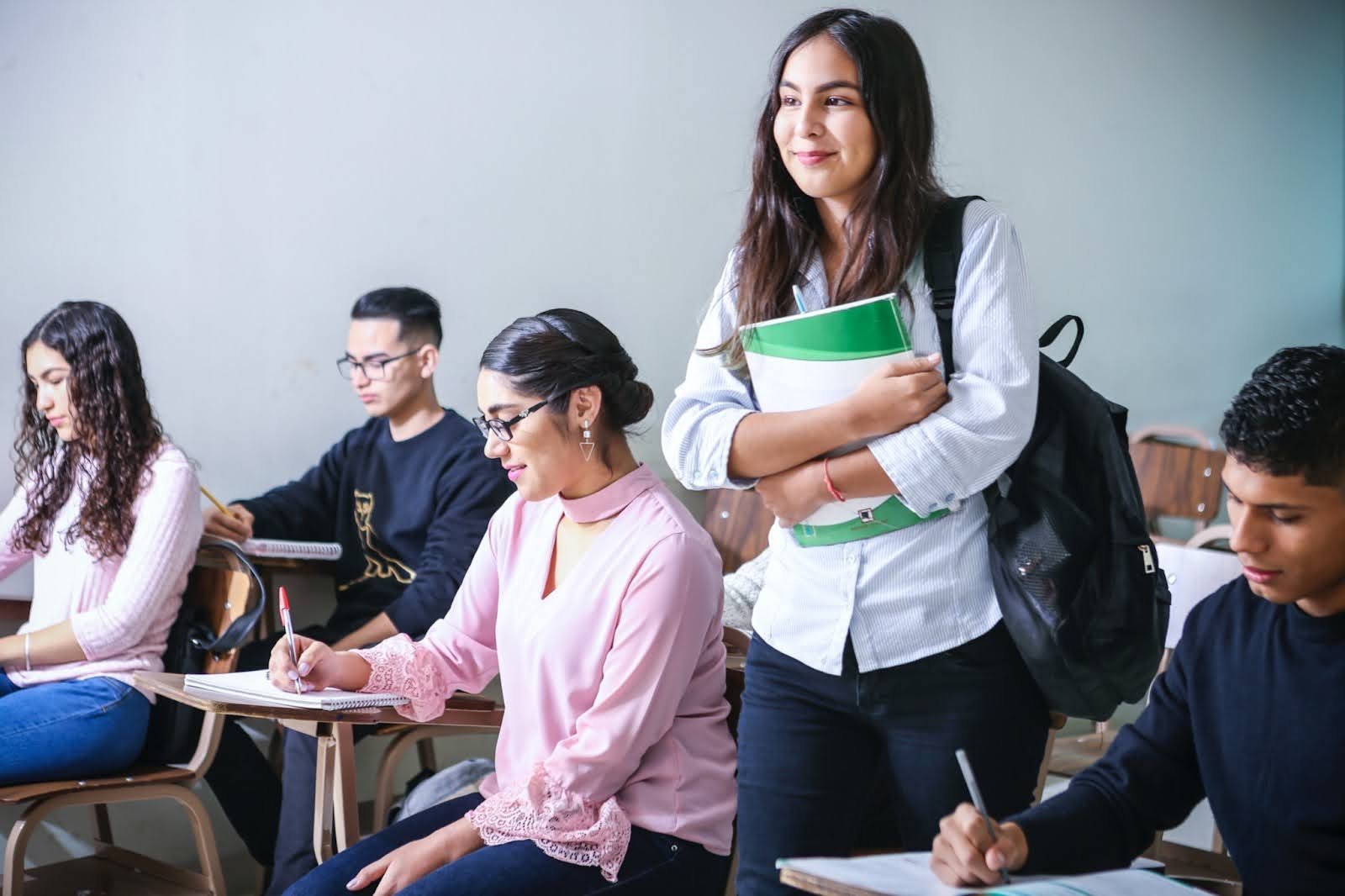
How to Make Learning Fun for Your Students: A Guide
Engaging students in the learning process through enjoyable and interactive methods is essential for a dynamic and effective educational experience. “How to Make Learning Fun for Your Students: A Guide” presents a comprehensive approach to infusing excitement and engagement into the classroom environment.
This guide explores various strategies and techniques to create an enjoyable learning atmosphere, encouraging active participation and fostering a love for learning. From incorporating interactive activities and technology tools to celebrating student progress and involving them in decision-making, this guide delves into diverse methods aimed at making learning an enriching and entertaining experience for students.
By implementing these approaches, educators can inspire curiosity, creativity, and critical thinking among students. The guide emphasizes the importance of tailoring lessons to cater to individual learning styles and interests, ultimately contributing to a more vibrant, stimulating, and rewarding educational journey for both teachers and students alike.
Student Involvement:
Empowering students through involvement in the learning process fosters a more engaging educational experience. Allowing them to select topics aligned with their interests or participate in decision-making regarding classroom activities nurtures a sense of ownership and responsibility.
When students have a say in choosing topics or contributing ideas, they feel more invested in their learning journey. This involvement sparks enthusiasm and engagement as they explore subjects they find intriguing, which is why teachers should work to discover resources for primary school teachers and integrate them into their classrooms. Additionally, participating in decision-making processes encourages critical thinking and enhances problem-solving skills among students.
Empowering students with a sense of ownership over their learning cultivates a supportive and inclusive classroom environment. It validates their perspectives and encourages active participation, leading to increased motivation and a deeper understanding of the subject matter. Ultimately, involving students in decision-making fosters a collaborative learning atmosphere where their voices are heard, enhancing overall engagement and learning outcomes.

Celebrate Progress:
Acknowledging and celebrating students’ accomplishments, regardless of size, is a powerful tool in fostering a positive learning environment. By recognizing their efforts, educators instill a sense of accomplishment and motivation in students. Celebrating progress, whether it’s mastering a new skill, making improvements, or demonstrating growth, validates their hard work and dedication.
When students feel appreciated for their achievements, it boosts their confidence and self-esteem. It encourages a positive attitude towards learning, reinforcing the notion that effort and persistence lead to success. Moreover, celebrating progress cultivates a supportive classroom culture where students feel valued and encouraged to continue striving for improvement.
This recognition of small victories not only reinforces positive behavior but also contributes to a more engaged and motivated student body. Ultimately, celebrating progress creates a conducive atmosphere for continuous learning and personal development among students.
Flexibility and Adaptability:
Flexibility and adaptability in lesson planning are crucial aspects of effective teaching. Being receptive to student feedback and interests enables educators to adjust and modify lesson plans accordingly. This flexibility allows for the customization of teaching strategies, ensuring they align more closely with students’ individual needs, learning styles, and interests.
By incorporating elements that resonate with students, educators can create a more engaging and relevant learning experience. Adapting lesson plans based on students’ feedback fosters a supportive and responsive teaching environment, encouraging active participation and enhancing learning outcomes. This approach not only accommodates diverse learning preferences but also demonstrates a willingness to evolve teaching methods for the benefit of students, fostering a dynamic and student-centered approach to education.
Creating a fun learning environment not only enhances student engagement but also fosters a deeper understanding and retention of knowledge. By incorporating diverse, interactive, and creative approaches, educators can inspire a love for learning that extends beyond the classroom.




